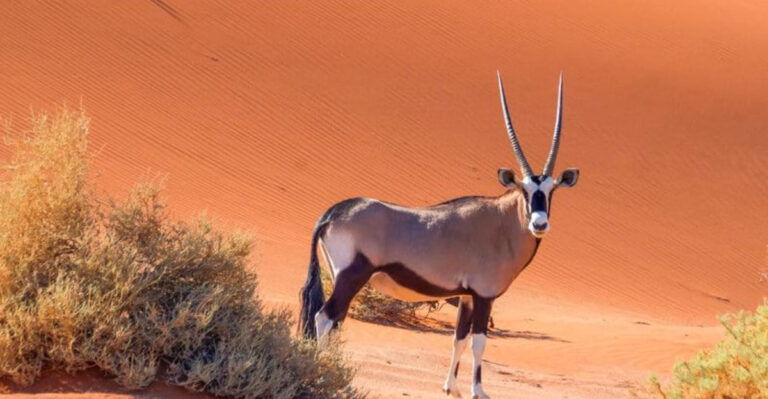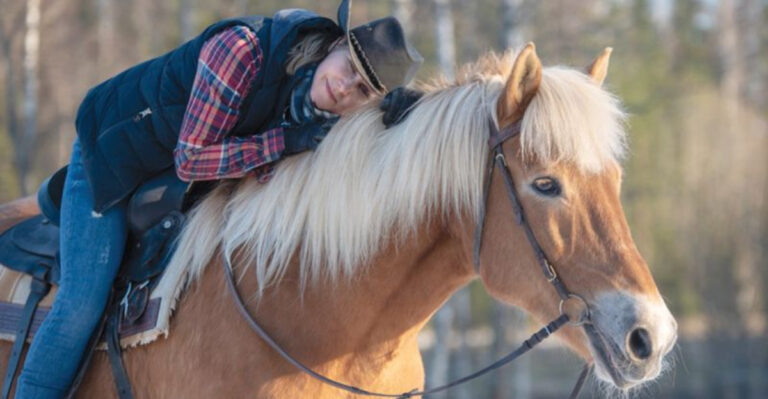15 Fascinating Facts About Red Wolves In America
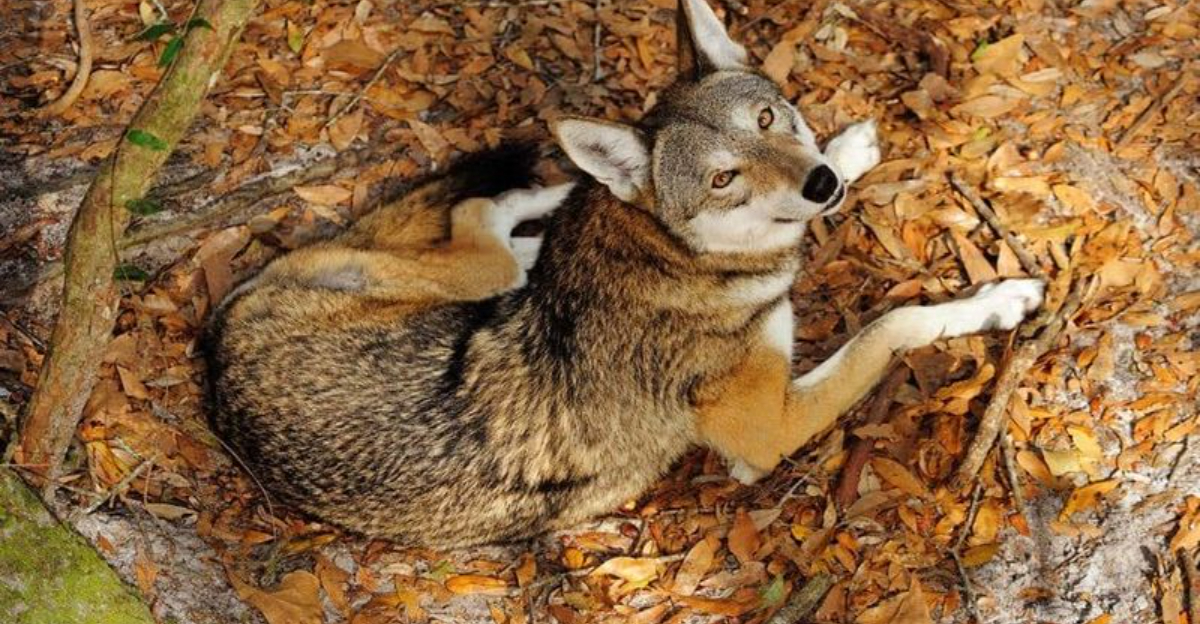
Picture an animal that once roamed the southeastern United States, now so rare it’s like spotting a unicorn in your backyard.
This isn’t a mythical creature; it’s the red wolf, a real-life enigma of the wild. Let’s take a journey through 15 captivating facts that make this elusive predator truly fascinating.
1. Red Wolf’s Unique Howl
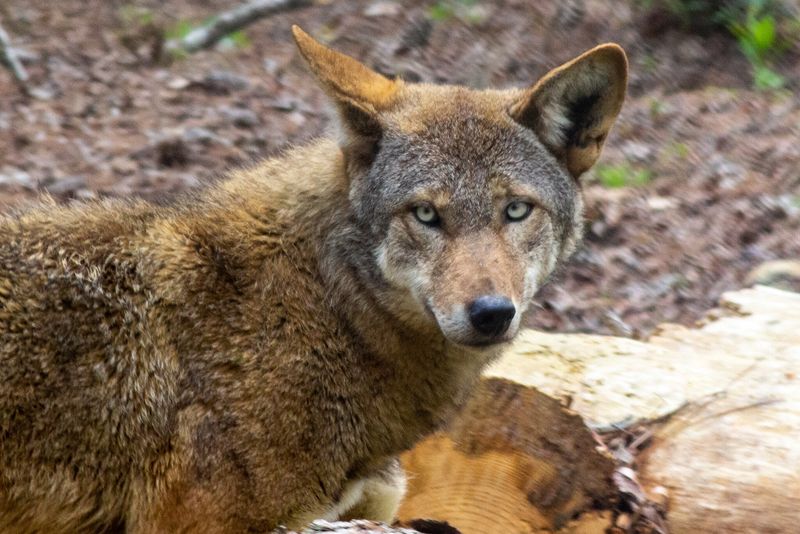
Forget the serenades of other canines. The red wolf’s howl is a haunting symphony that echoes through the night. It’s a unique call that helps them communicate across the dense forests.
2. Hybrid Heritage
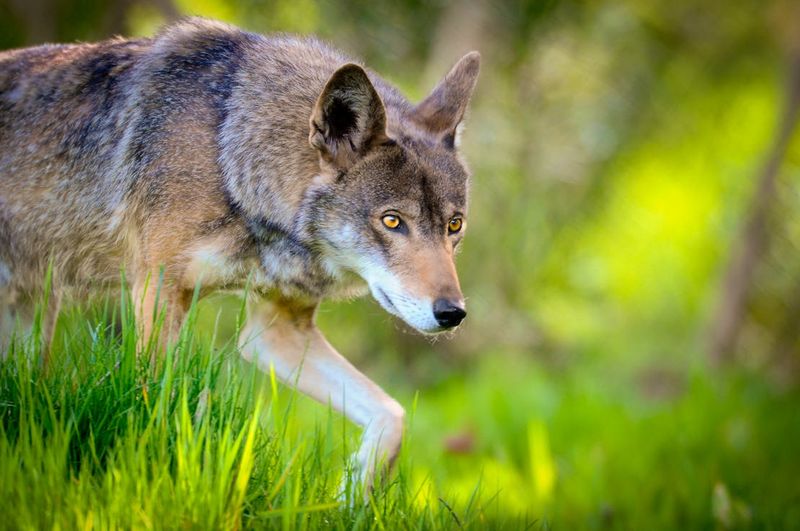
Part gray wolf, part coyote, the red wolf stands as a testament to nature’s ability to blend species. This hybrid descent adds complexity to their identity, making them a subject of endless study.
3. Endangered Status

With fewer than 20 left in the wild, the red wolf’s endangered status is a pressing concern. Conservation efforts are underway to protect these ghosts of the forest from vanishing completely.
4. Distinctive Coat Coloration
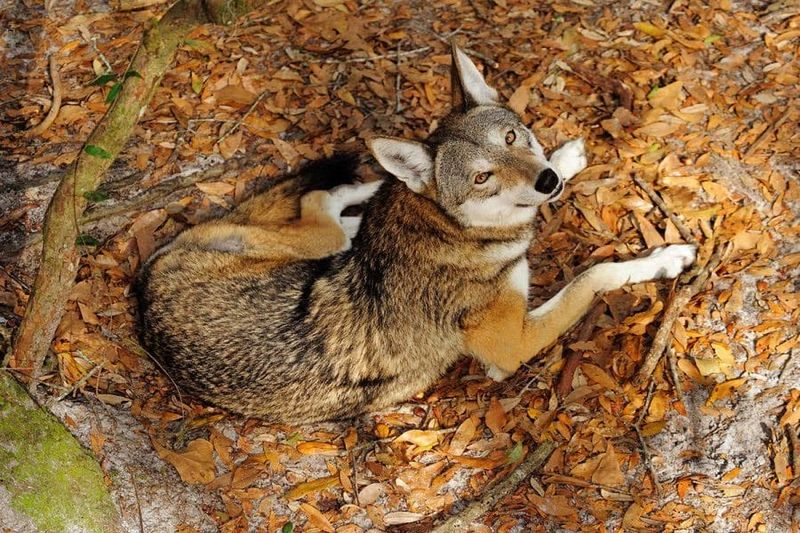
Their striking reddish-brown fur sets them apart in the wild. This distinctive coat not only aids in camouflage but also contributes to their allure and mystique.
5. Diet And Predation
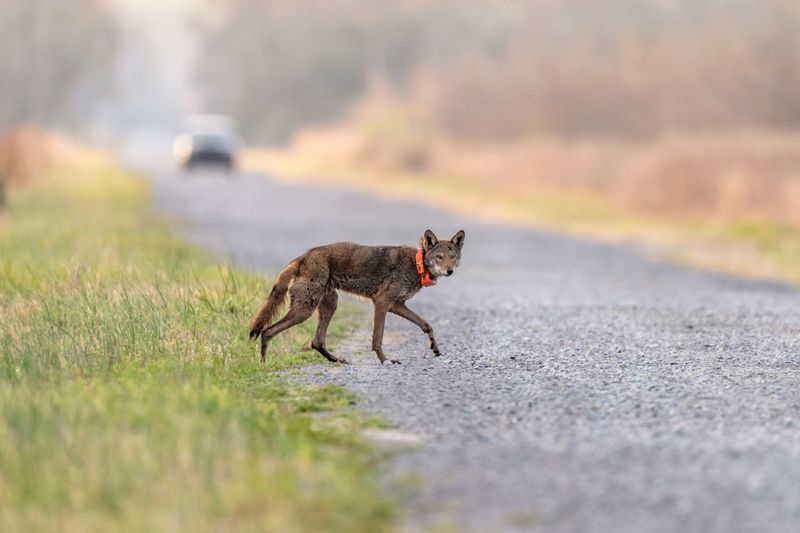
Masters of the hunt, red wolves primarily feast on small mammals like rabbits and rodents. Their predatory skills are finely honed for survival in their limited territories.
6. Pack Dynamics
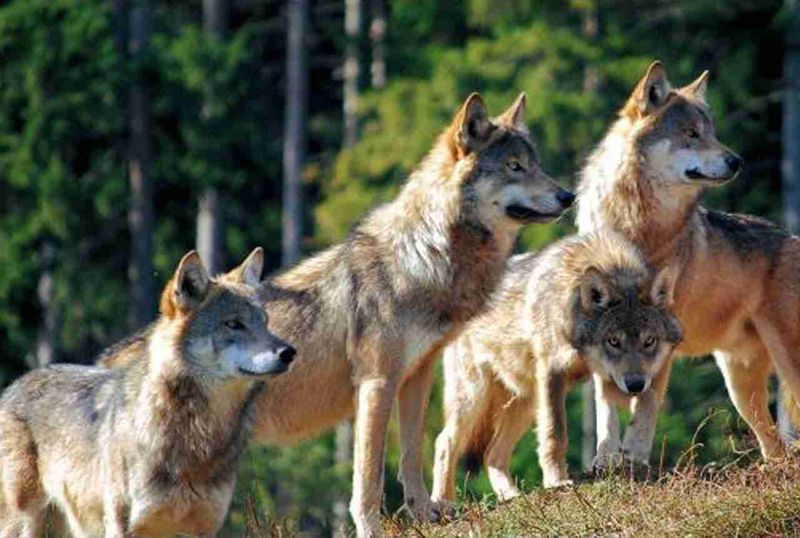
Red wolves are social creatures, thriving in packs that usually consist of a breeding pair and their offspring. These dynamics are essential for their survival and social structure.
7. Historical Range
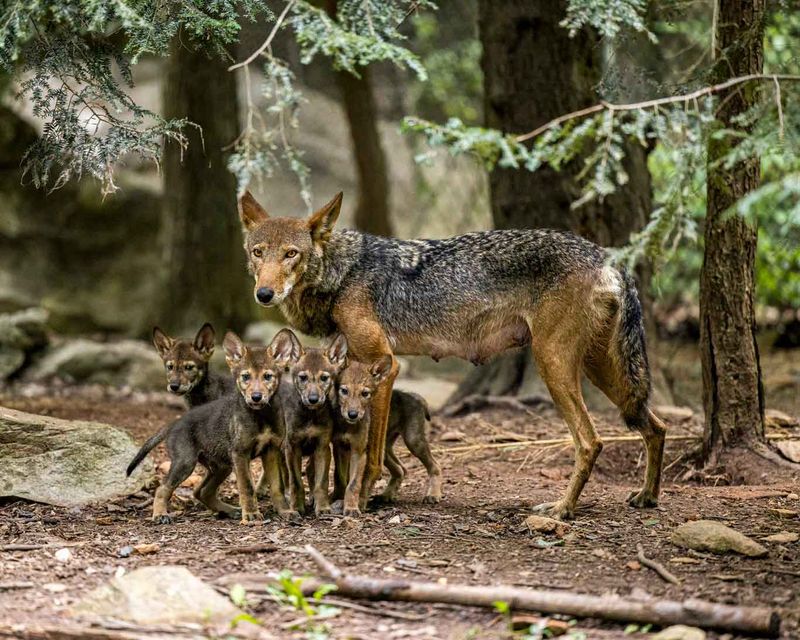
Once widespread across the southeastern U.S., the red wolf’s range has drastically reduced. Their history tells a tale of survival and decline, illustrating the impact of human expansion.
8. Reintroduction Efforts
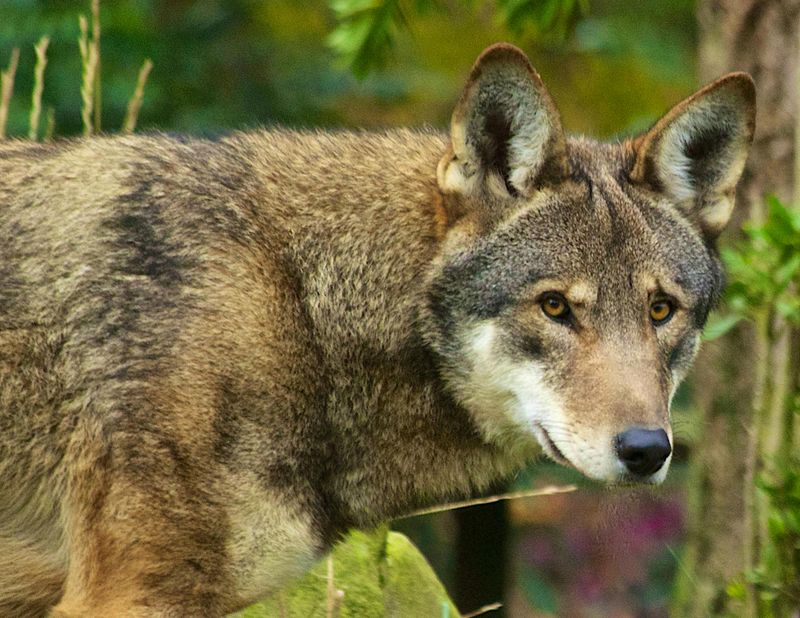
In a bid to bring back the ghost of the forest, reintroduction programs have been launched. Carefully monitored, these efforts aim to bolster the dwindling numbers in the wild.
9. Genetic Diversity
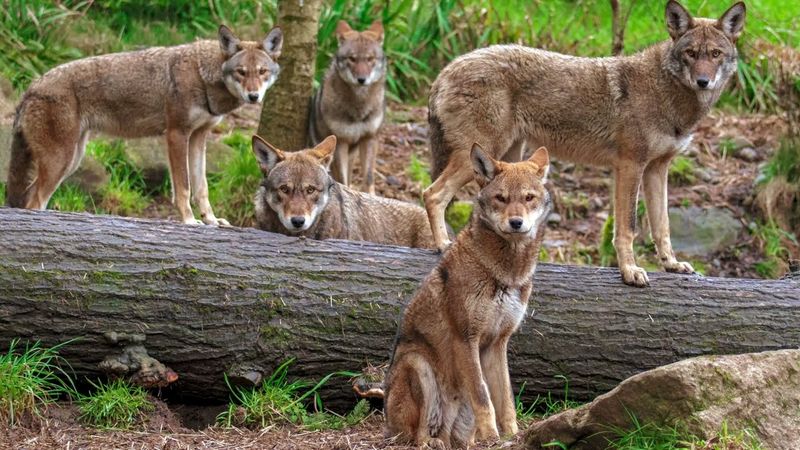
Genetic diversity is crucial for the red wolf’s survival. Studies focus on maintaining a healthy gene pool to prevent inbreeding and ensure a resilient population.
10. Adaptation To Habitats
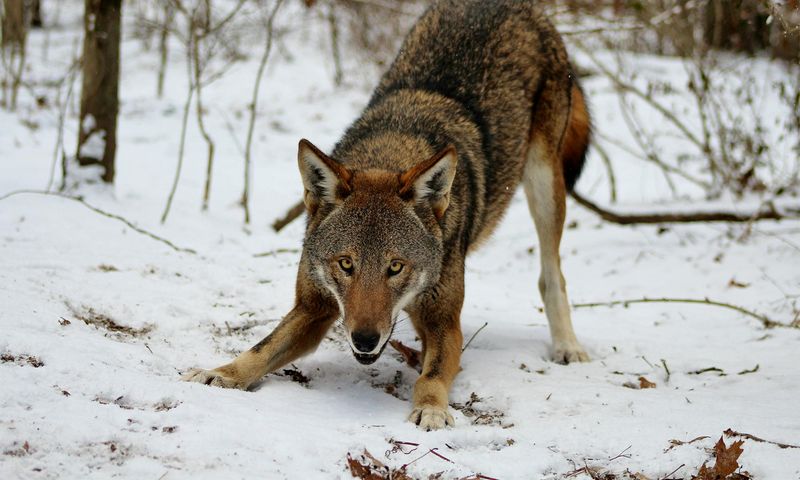
Red wolves have an incredible ability to adapt to different environments. From wetlands to forests, their versatile nature aids in their survival.
11. Role In The Ecosystem
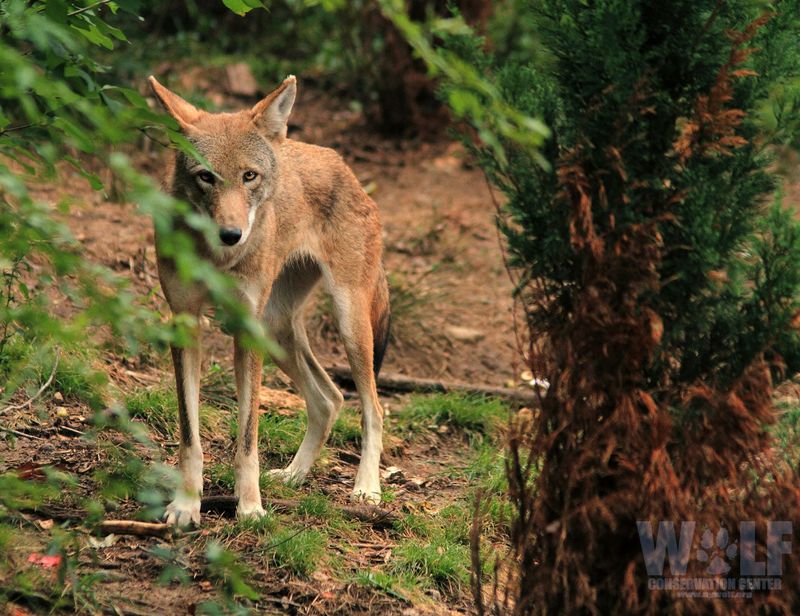
As apex predators, red wolves help maintain balance in the ecosystem. Their presence influences the populations of prey species, highlighting their importance in nature.
12. Conservation Challenges
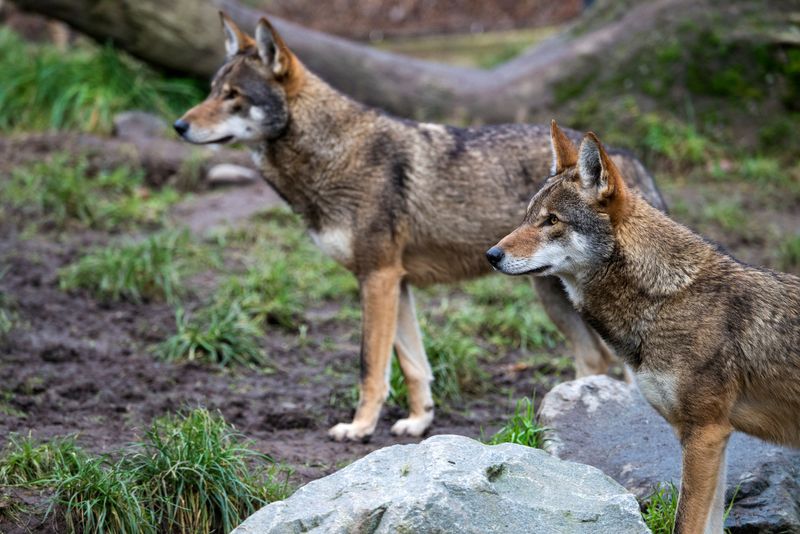
Conserving red wolves is no easy task. Challenges include human conflict, habitat loss, and the complex nature of their hybrid identity.
13. Public Awareness
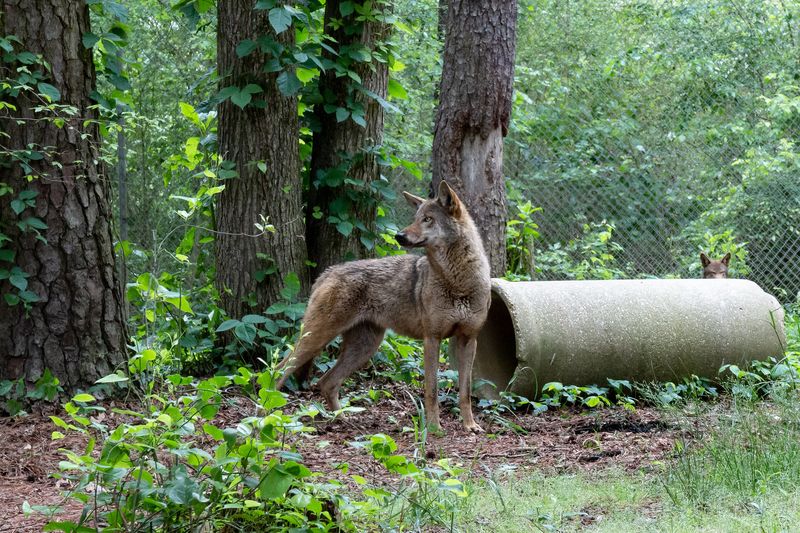
Raising public awareness is key to saving the red wolf. Community events and educational programs foster understanding and support for conservation efforts.
14. Cultural Significance
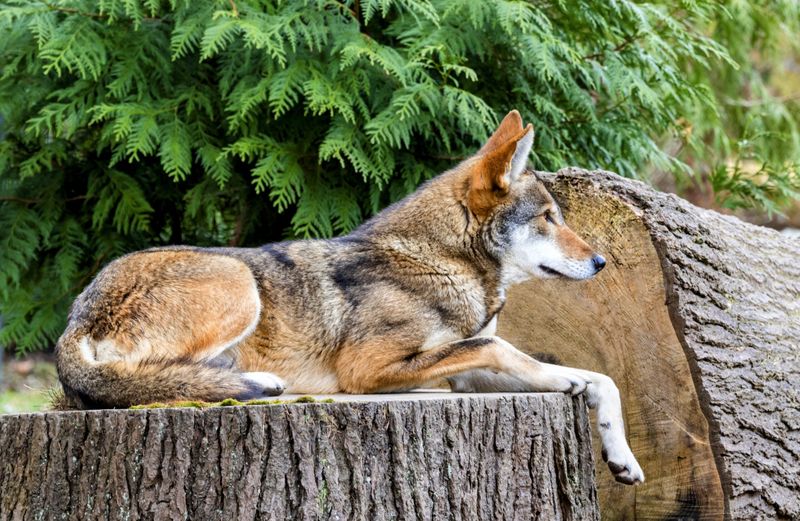
In Native American folklore, the red wolf is often seen as a symbol of strength and resilience. Their cultural significance adds another layer to their fascinating story.

